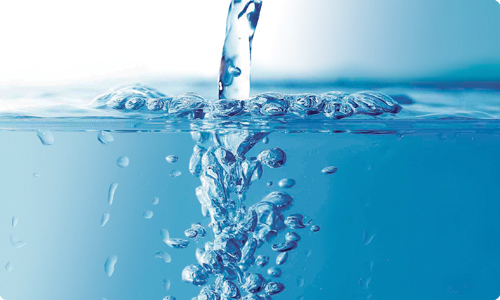IH releases report assessing drinking water supply as part of public awareness campaign
For a person’s body to function properly, it’s important that cells and organs are provided the necessary water. Water is also beneficial to lubricate joints and regulate body temperature as well as assist the passage of food through the intestines.
Which is why it’s important to have clean drinking water systems.
Wednesday, Interior Health released a comprehensive report regarding the state of the region’s drinking water systems that identified risks to public health, and made recommendations for improving drinking water safety.
“Nearly half of all the water systems in B.C. are located within Interior Health,” said Dr. Trevor Corneil, VP Population Health & Chief Medical Health Officer in a media release.
“As such, we take our role as regulator of both small and large systems very seriously.”
The report is said to include all 1,454 small water systems and 133 large water systems regulated by Interior Health’s drinking water program and reviewed them over the span of 10 years (2006-2016).
IH said the report also provided comments on First Nations community water systems in the region as well as a variety of public health concerns related to drinking water, including public advisories issued because of elevated risk of water-borne illnesses.
IH said the report states that while public advisories can help alert the public to risks, the reliance on advisories and notifications alone to keep people safe is not enough, with significant potential risks in the long term.
“In some cases, overreliance on advisories and notifications has negatively impacted planning and investment for infrastructure improvements that would have ensured the delivery of safe drinking water at all times,” the report said.
Among the report’s recommendations is a more collaborative engagement process with water operators and First Nations communities, to ensure sustainable improvements are made and provincial water treatment objectives are achieved by 2025.
IH said this could include upgrades to water treatment facilities, improved source protection, and the development of response plans to help protect public health during unexpected situations.
“This report should be viewed as an opportunity to renew and rejuvenate conversations between drinking water officers, water supply managers, municipal leaders, and members of the community,” says Dr. Corneil,
“An opportunity to ensure we are moving forward, together, towards a common goal: access to clean, safe, and reliable tap water for all people at all times.”
Along with the report’s release, IH is also launching a public awareness campaign to provide information and a better understanding of drinking water systems and their challenges. This includes a web page http://drinkingwaterforeveryone.ca/ and a series of educational videos that provide information on how the water systems work, how water is treated, and what safety issues the community should be aware of.
A full copy of the report, Drinking Water in Interior Health, can be found here.
























